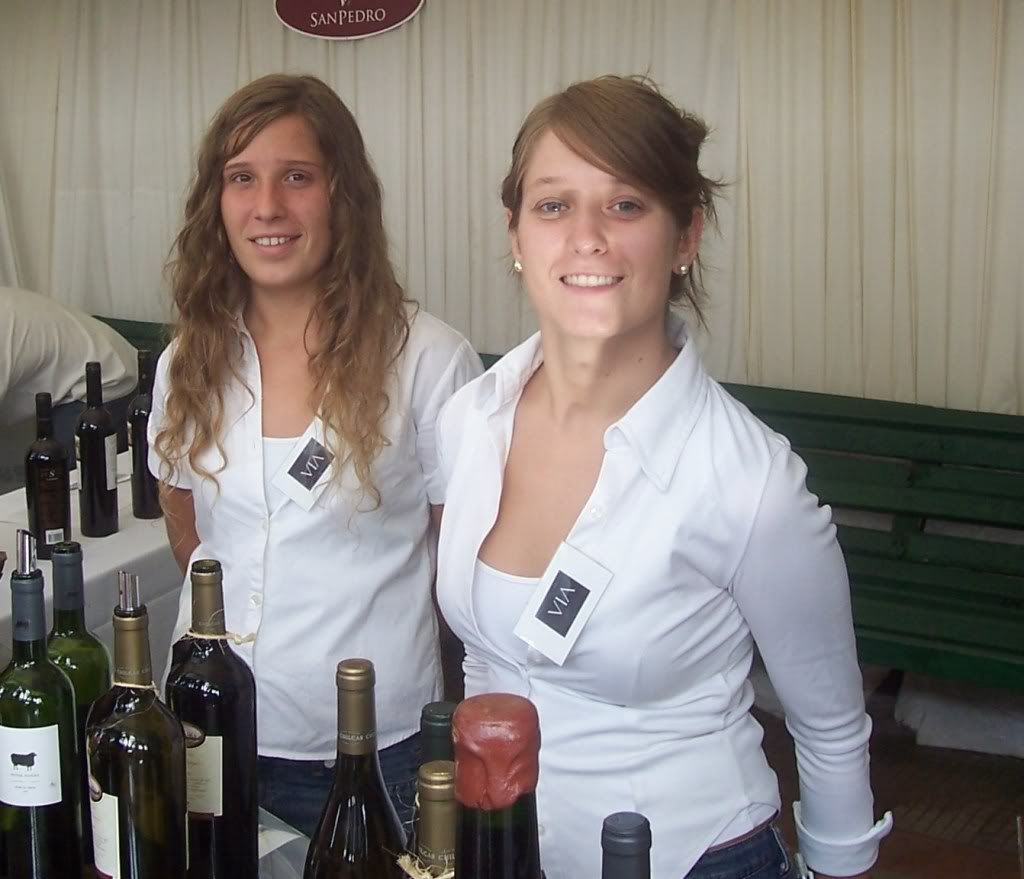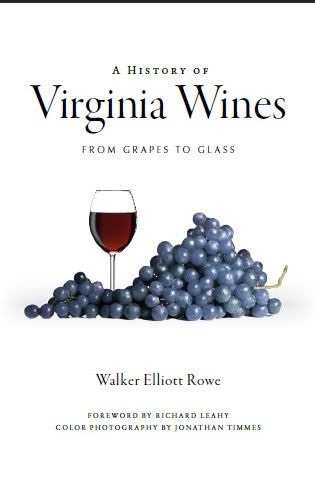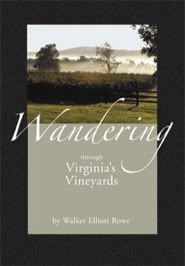I recently interviewed Dr. Chris Teutsch of Virginia Tech at the Billy Bain Farm in Dinwiddie, Virginia during Virginia AG Day. (“Bill Bain Farm in Dinwiddie, Virginia”. That sounds like the opening line of a novel by Faulkner.) Virginia AG Day is the biggest annual farm show in Virginia. It's for conventional chemical farmers although an occasional organic vendor will have an exhibition booth.
I snapped on my tape recorded and asked Dr. Teutsch what he thought about endophyte infected tall fescue. Here are his comments and below that is the presentation he made to the crowd that has assembled.
“I guess we’re talking about rotavators. It think they certainly have a place. For transferring fall fescue pastures into something else the rotavator can work quite well. You can do it without chemicals.”
Asked about MaxQ fescue he says, “In this region we are in what we call a transition zone so we’re not really in the north and not in the south. Fescue is our best adapted whole season grass.”
“MaxQ has some attributes that are better than the traditional Kentucky 31. Its got the novel endophyte in it to give it vigor and hardiness and ability to withstand stresses and grazing like Kentucky 31. But it doesn’t produce the toxins that Kentucky 31 produces. So animal performance is much better.”
“Endophyte is a fungus that lives within the plant. Probably 90% of our stands in Virginia that are Kentucky endophyte are infected. It has kind of a symbiotic relationship with the plant. We don’t understand exactly how it works but tt gives it increased vigor. And in return the endophyte gets a place to live in the plant.
“Animals don’t dye from the endophyte generally speaking. Calf growth is slower on the endophyte infected pastures. A lot of people never see that because they don’t have anything to compare it to. They’ve always had Kentucky 31 and that’s you know.”
Summer Annual Grasses
Dr. Teutsch showed visitors 7 plots of warm season annual grasses. These include sample plots of 4 varieties of sorghum x sudangrass, pearl millet, and sudangrass. For a description of each you can download publication 418-004 from the Virginia Tech web site. Here is Dr. Teutsch in his own words:
“Some of the sorghum, sorghum-sudan have a trait call the brown midrib trait in it. The midrib will have a brown color to it. And that is associated with increased digestibility. So animals will tend to grow better off the brown midrib varieties. That is something important if you have calves or dairy annuals.
“Summer annuals as the name denotes have to be planted every late spring or early summer. So they don’t come back like a perennial crop would.
“The newest one we have here is teff. It originates in Ethiopia. It is fairly drought tolerant. It doesn’t grow without water. Everything needs some water to grow. We think where it has a place is going to be in the horse hay market. It could make a very good horse hay. Work with teff horse hay has shown it’s totally acceptable to horses. You don’t want to cut it too close to the ground. No closer than 3 inches. You can cut it multiple times in the year.
“Everything needs some water to grow. The one advantage that these warm seasons grasses have is they have a little bit different photosynthetic pathway than our cool seasons grasses. Its call the “C4 pathway” and that pathway allows those grasses to grow at higher temperatures. If you do get some water and it is 90 or 100 degrees those grasses are going to grow really fast. If we get some water on sorghum and it has a little bit of nitrogen on it is really growing to grow well. And it is going to grow fast and it can get away from you really quickly if your trying to make it into hay.
“These are real good for grazing with the exception of teff. One of the issues with teff is it has a shallow root system. The way the animals graze is they grab the forage and kind of yank it off and they can pull the plant up. So I think it has a better fit as hay than for grazing."
Sunday, September 7, 2008
Chris Teutsch on Tall Fescue and Summer Annual Grasses
Subscribe to:
Post Comments (Atom)










No comments:
Post a Comment